Today we’re preparing a back-to-basics oven roasted chicken, using medley of easily available pantry-basics. For myself, I admit it’s been a challenge keeping some of my favorite ingredients on hand during these times of ‘quarantine’ and ‘social distancing.’ However, I’m using this as a challenge to prepare recipes based on what I have on hand either either in my pantry or fridge.
That said, for me, items like curry, paprika, and garlic powder – which keep basically forever – are things I almost always have on hand. After taking stock of what else I had, I found an opened ‘Herbs de Provence,’ which I had left over from my collaboration with Five Continent Spices. Add in butter and fresh garlic, and just like that, I realized I had the base for a pleasant chicken rub.
Why You’ll Love Today’s Roast Chicken
1) Super Simple. We’re simply rubbing down the chicken with a curry and paprika based rub, and then roasting it in the oven. No special ingredients, no fancy processes or equipment required. This is a recipe that’s perfectly suited for home chefs of all skill levels.
2) Leftovers. Naturally, today’s roast chicken heats up beautifully, or can even be prepped ‘for’ the purpose of cutting it up for things like sandwiches and or salad later on.
Ingredient Notes and Substitutions
1) Sea Salt or Table Salt – Is There a Difference? Can you substitute one for the other? In terms of flavor, the honest answer is ‘it depends.’ To start, sea salt is produced by evaporating ocean water, and it’s the trace minerals, impurities, and ‘elements’ that are found in the saltwater that gives sea salt its distinctive flavor. However, depending on how thoroughly processed the ‘salt’ is after its been produced via evaporation (and ‘all’ sea salt requires at least ‘some’ processing), your sea salt might not actually taste any different. The more sea salt tastes like ‘the sea’ the less it’s been processed – which may or may not actually be a good thing. With all of that said, for culinary purposes, while I love my Pink Himalayan Salt and Black Hawaiian Sea Salt as much as the next gourmet, the reality is that table salt and sea salt are almost entirely interchangeable except in very specific circumstances. Thus, feel free to use whatever you have on hand.
2) Paprika – A Primer and Possible Substitutes. Paprika. To start, paprika comes in numerous varieties, but not everyone actually agrees on what those varieties are. The most common way to divide Paprika boils down to “Sweet,” “Hot” and “Smoked,” and those labels are perfectly self-explanatory. However, others differentiate Paprika into “Basic,” “Hungarian,” and “Spanish.” Hungarian paprika is spicier than the others, and tends to be further subdivided according to a ‘heat scale,’ while Spanish paprika tends to be less intense, but has a deeper, smokier, more ‘peppery’ flavor, though this can vary somewhat by region. “Basic” paprika is quite mild and varies dramatically from region to region. Is There A Substitute? Absolutely! Despite the wide ranging diversity of the different types of paprika, there are two ‘very’ good substitutes that encompass ‘most’ of what people love about paprika. First, if you’re going for the ‘smoky’ qualities of paprika, Chili Powder has you covered. Use the same amount of chili powder as you would paprika. However, if you prefer ‘hotter’ paprika, Cayenne Pepper can fill the bill quite nicely. Using about three-quarters of the amount of cayenne as you would paprika should be sufficient, since cayenne is a fair bit hotter than even the hottest paprika, but this will vary by palate.
3) Herbs de Provence – What is it? Is there a substitute? Let me start by saying the Francophiles among you will want to sit down for what I am about to say, and take a deep a breath before reading any further. Alright, there’s no gentle way to put this, so let’s just get this over with – Herbs de Provence is NOT French. In fact, Herbs de Provence is so thoroughly ‘NOT’ French that it’s not even European – *LE GASP.* Herbs de Provance is actually an almost exclusively American phenomenon meant to ‘encapsulate’ the flavorsof South East France. In that regard, you might even call it an ‘American Made Stereotype’ of French seasoning. Things that Americans associate not only French cooking but also the French ‘landscape’ (you’ll see what I mean in second) typically make an appearance in Herbs de Provence, and as such these ingredients vary wildly by brand. Things like basil, fennel, marjoram, parsley, thyme, tarragon, crushed bay leaf (why?), sage, oregano, savory, rosemary, chervil, and even lavender (because of the Provencal wild lavender fields) are all common ingredients, sometimes even mint (!!!) is thrown into the mix – and yes, it’s purely because of all the wild mint that grows in France, but of course virtually all Herbs de Provence brands use American grown mint because it’s cheaper and vastly more abundant (the US produces over 70% of the world’s mint). That said, there are very good quality Herbs de Provence out there, some of which have even made their way across the Atlantic into the pantries of prominent French chefs – who use it almost purely as a ‘general spice.’ For reference, I’m using Five Continent Herbs de Provence. Is There a Substitute? Yes. If you have ‘any’ of the aforementioned herbs on hand, mix them together in equal measure, and you’ve got Herbs de Provence – just please leave out the bay leaf, lavender, and mint.
4) The Chicken Is Optional. No, I’m not suggesting you eat the rub by itself, we haven’t been quarantined ‘that’ long…yet. Instead, I’m suggesting that today’s rub would work fine on pork, be it chops, tenderloin, or even a shoulder. Steaks, however, I think, would overpower this rub, but feel free to experiment and if you do let me know how it turned out in the comments below.
Selecting Quality Chicken – A Brief Primer
Selecting good chicken is much less of an artform than selecting good beef, and there are far fewer boxes to check than when selecting good fish. There’s honestly just less to work with. However, there are some key things to look for to make sure you’re getting the best of what your market has to offer.
1) The Color. Pinker is better. That is, the ‘pink hue’ beaming through the chicken’s skin. As the chicken sits on the shelf, that pink hue will begin to fade, resulting in a ‘yellowing’ texture, and then finally in a ‘grey’ coloration. Pink is good, yellow is turning, and grey is decay.
2) The Skin. Beyond coloration or hue, the skin contains other important clues as to the quality of the chicken. First and foremost, you want to make sure that the skin is free of blemishes, gashes, bruises, or discoloration. Feather spines and/or fragments, while certainly unpleasant as you’ll have to pick them out of the chicken before cooking, actually have no bearing on the quality of the meat below – it simply indicates that the chicken underwent a less thorough ‘cleaning’ prior to being placed on the shelf. Second, if selecting pieces, make sure that the skin doesn’t appear ‘loose’ or ‘torn,’ as this indicates that the chicken has been poorly handled.
3) The Bone Test. If you’re selecting a whole chicken, press on the breast-bone area. You want the breastbone to feel soft or pliable, which is indicative of fresher chicken.
4) Unfrozen. Chicken that’s fresh should feel ‘malleable’ in the hand, as opposed to stiff or ridged.
5) Frozen. Frozen chicken should be absolutely rock solid, and free of any indication of frost or freezer burn.
Herb-Roasted Chicken
- Total Time: 1 hour 50 minutes
- Yield: 1 whole chicken 1x
Ingredients
- 3 - 4 lb. whole chicken - cleaned and pat dried
- 1 tbs. olive oil
- 3 cloves of garlic
- 3 - 4 pats of butter
For the Rub:
- 1/2 tsp. sea salt
- 1/2 tsp. fresh ground black
- 1 tsp. Herb de Provence or Italian seasoning blend
- 1/2 tsp. sugar
- 1 1/2 tbs. garlic powder
- 1 tsp. coriander
- 1/2 tsp. paprika
- 1/2 tsp. Jamaican Curry
Instructions
- Preheat Oven 350 F.
- Rub the chicken down with the olive oil.
- Mix all of the ingredients for the rub in a small bowl.
- Place the chicken in a large cast iron frying pan.
- Rub the chicken with the rub mixture. Then sparingly sprinkle the top of the chicken with sea salt.
- Dot the top of the chicken with the pats of butter and place one pat on the inside of the chicken.
- Place the garlic cloves in the cavity of the chicken and let the chicken rest for 5 - 10 minutes before placing in the oven.
- Roast a 5 lb. chicken for approximately 1 hour and forty minutes or until the juices at the thigh run clear.
- Let the chicken rest for 5 - 10 minutes before carving. Serve & Enjoy!
Notes
This is great for dinner and left-overs make a great sandwich.
- Prep Time: 10 minutes
- Cook Time: 1 hour 40 minutes
Nutrition
- Serving Size: 1
Some of My Favorite Chicken Recipes
1) Cayenne Chicken Strips with a Balsamic Glaze. One of my new favorite ways to prepare chicken, this chicken recipe is blissfully light and simple, featuring crisped pan-fried chicken prepared, that’s got a pleasant but not overpowering cayenne kick to it. Topped with a balsamic glaze, this is a must-have for anyone’s spring and warm weather recipe repertoire.
2) Asian Style Chicken Wings. Moist yet crisp, and thoroughly flavorful, these Asian Style Chicken Wings feature honey-soy-ginger glaze, that equal parts sweet and spice, creating a wing recipe that light and satisfying at the same time. Try these out, trust me, they’ll be an instant family favorite.
3) One Pan Skillet Chicken and Peppers. If you want a chicken recipe that really brings the heat, this is it. Combining a trio of spicy peppers, with pan crisped chicken thighs, this chicken recipe is fiery-hot, and yet deliciously flavorful. While easy to prepare, it’s assuredly not for the faint of heart.
0
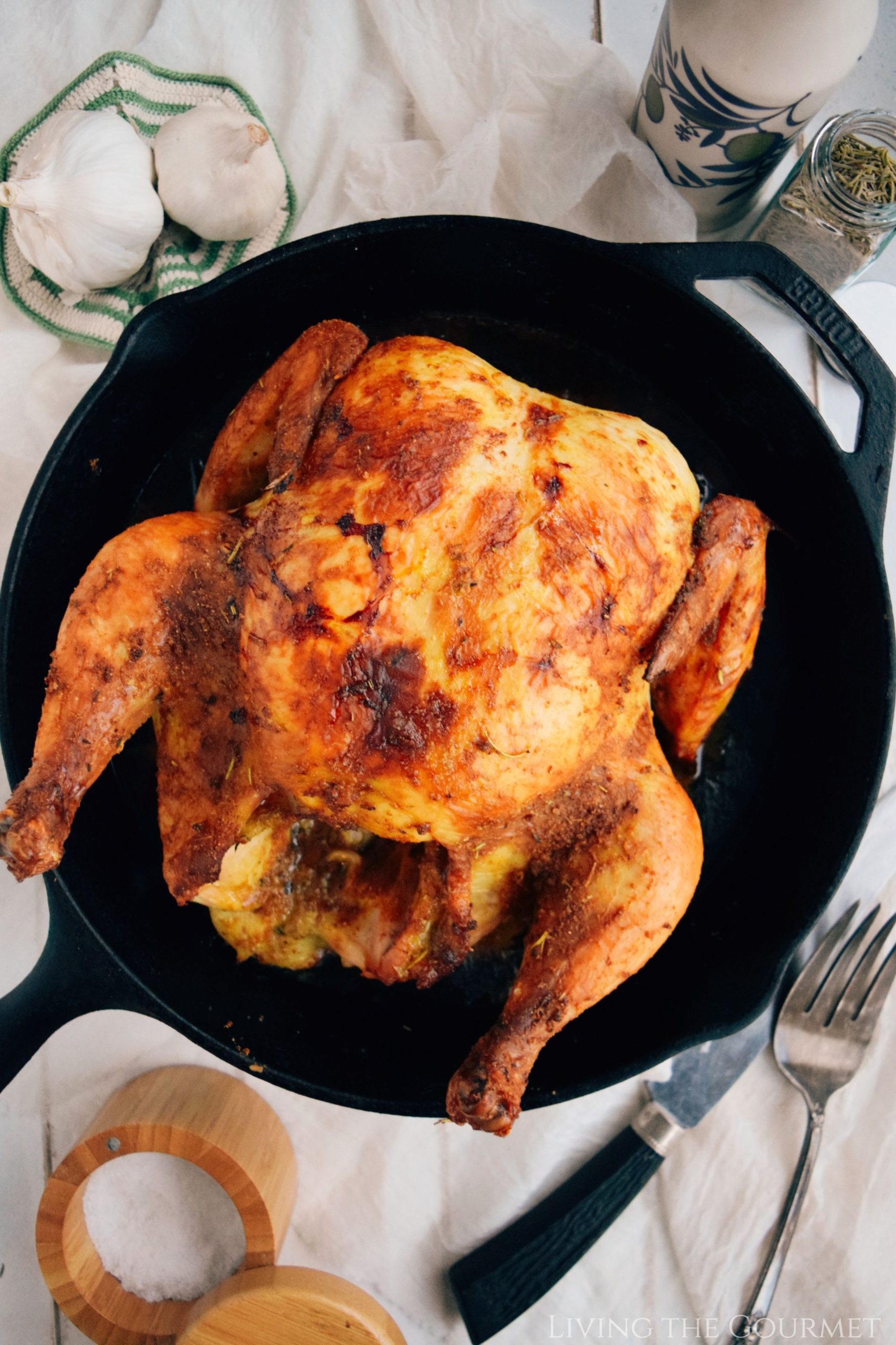
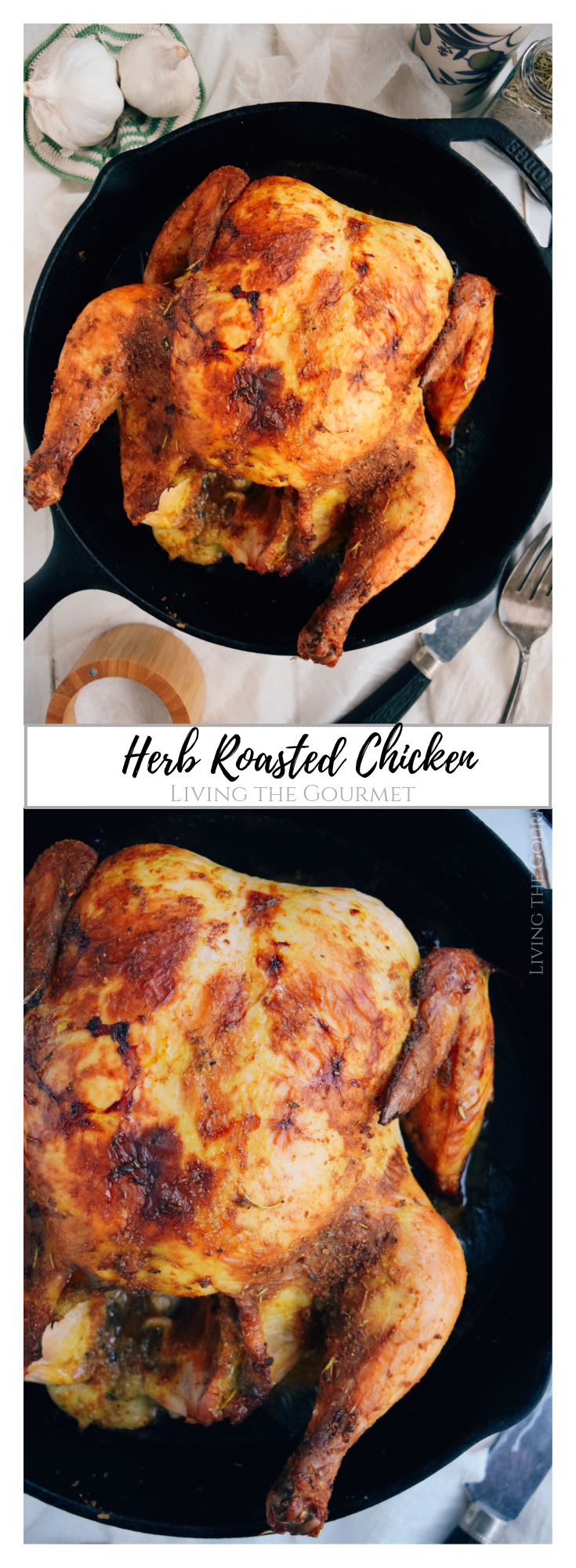
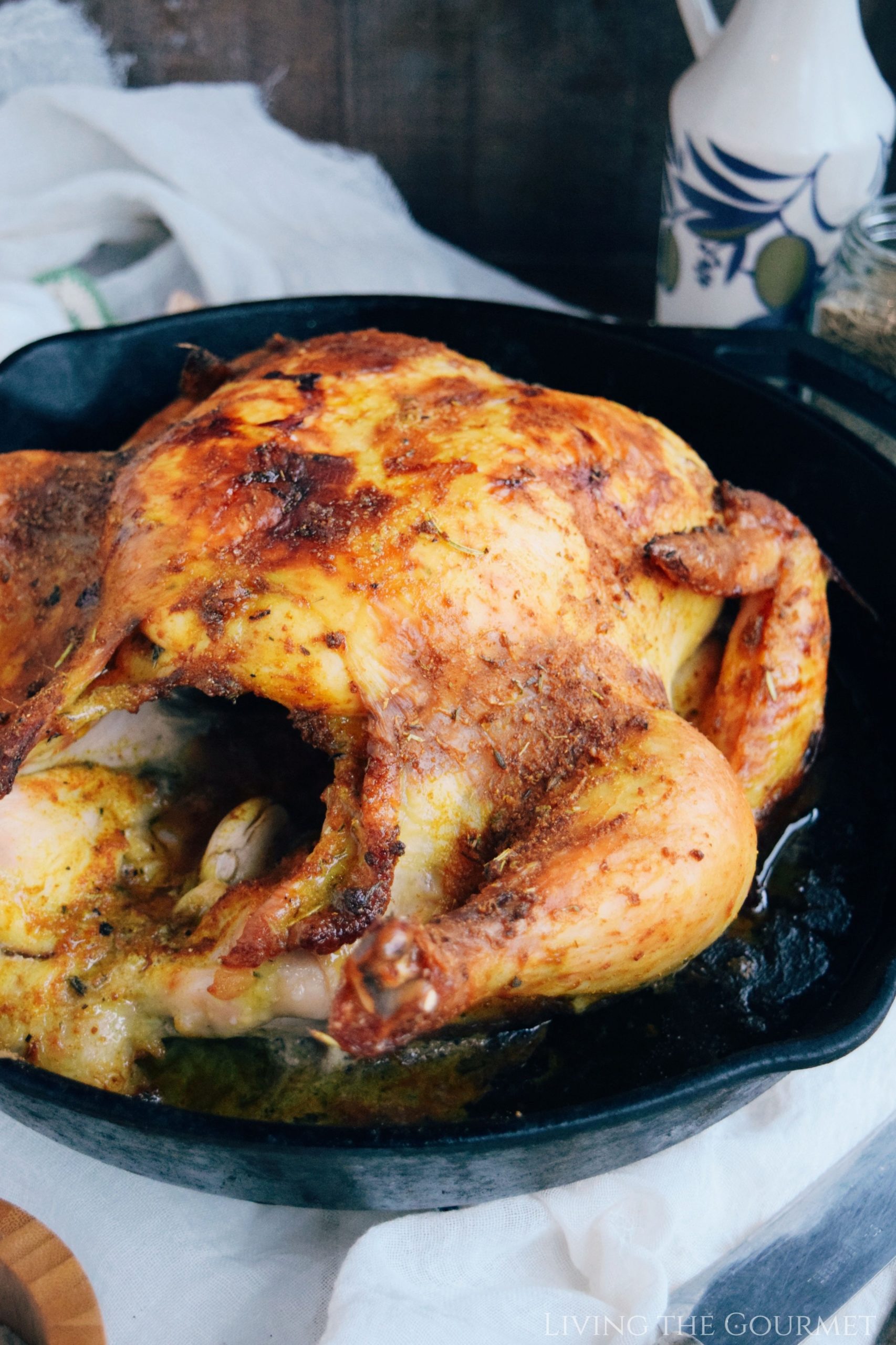
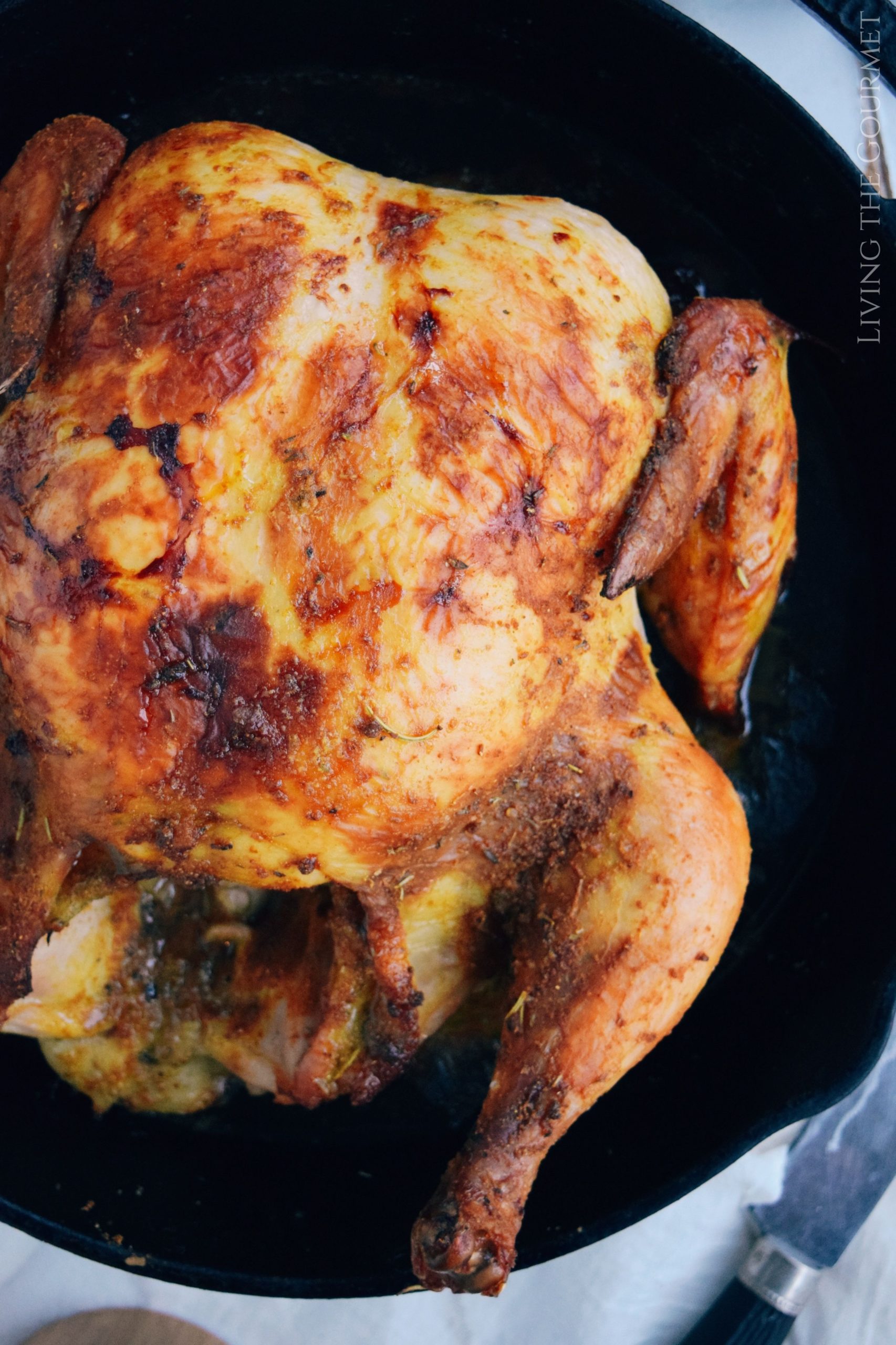
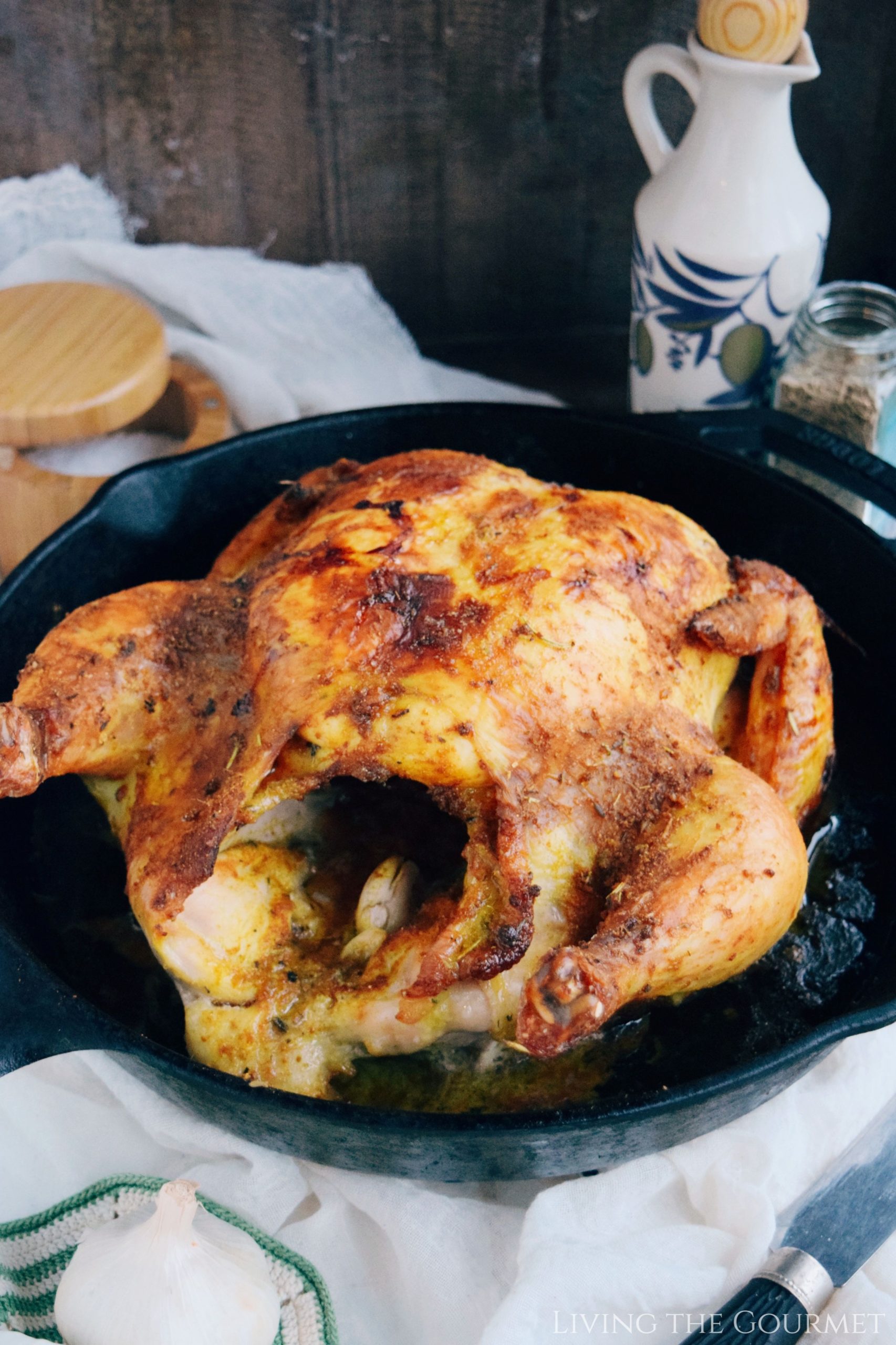
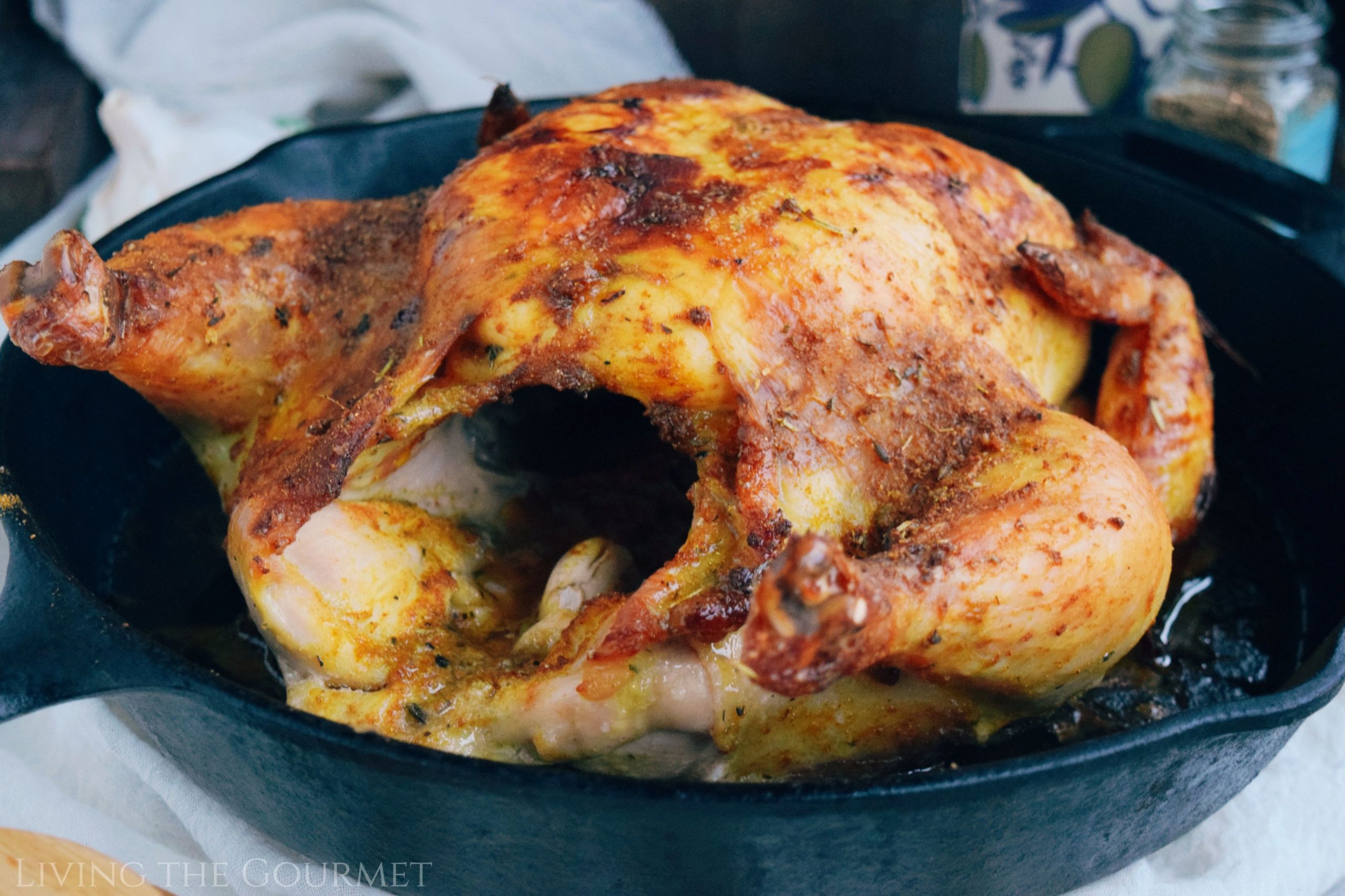
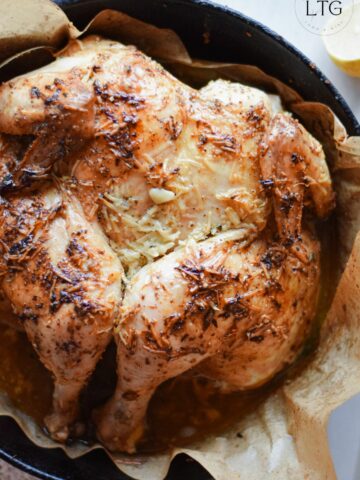
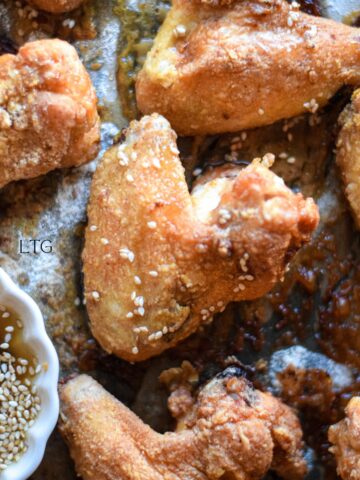

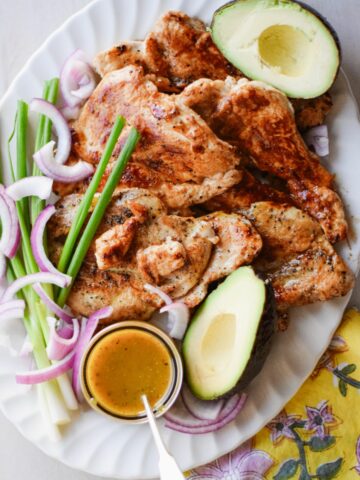
Leave a Comment